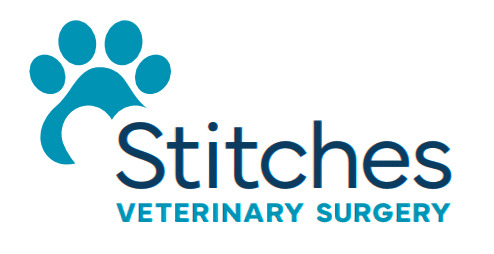Overview
Arthroscopy refers to a minimally invasive surgical procedure utilizing a small optical instrument (arthroscope) inserted into a joint, connected to a fiber-optic video cable and camera and transmitted to a high definition monitor (figure 1). Arthroscopy provides magnification and visualization of structures within canine joints through a very small “stab” incision versus open joint procedures. Advantages of arthroscopy versus open joint procedures are many. The most obvious is the minimally invasive nature of arthroscopy. Moreover, once the arthroscope is inserted, areas within the joint can be visualized that simply cannot easily be accessed via standard open surgical procedures. Additionally, the intra-articular (within the joint) structures can be examined while the joint can be held in normal anatomical position, as well as moved through various motions.
In small animal orthopedic surgery, arthroscopy is frequently used as both a diagnostic, as well as a treatment modality. Specialized arthroscopic instruments include small hand-held probes, graspers, scissors, punches, cutting tools, etc. Electric shavers and burrs are used to debride bone, cartilage, ligaments, tendons and meniscal tissue in the stifle joint. Less frequently, radiofrequency (RF) probes can be used to both debride and “shrink” intraarticular tissues.

Arthroscopy for the canine stifle joint
Arthroscopic examination of the canine stifle joint in cases of ACL tears, prior to more invasive surgical procedures, is the gold standard in veterinary surgery. Arthroscopy allows magnified evaluation of the ACL, PCL, and medial and lateral menisci. In patients with early ACL degeneration, subtle changes within the ligament are virtually impossible to identify with the naked eye and an open joint. We now know this early degeneration always progresses and surgical intervention at this early phase yields better longterm results and minimizes progression of osteoarthritis. More importantly, suspect ACL pathology can be clearly ruled in or out, non-invasively.
Meniscal tears are common in canine orthopedics. The meniscus is a fibrocartilaginous structure that acts as a shock absorber and helps provides joint stability and appropriate bone positioning within the canine stifle joint. In dogs with ACL tears, joint instability often leads to meniscal pathology and tearing. In fact, approximately 40% of dogs with ACL tears have concurrent meniscal pathology. All progressive small animal surgeons agree that the complete canine meniscus is virtually impossible to visualize via an open joint surgical approach. Not only does arthroscopy allow accurate visualization and diagnosis of meniscal tears, it also allows precise meniscectomy and debridement. Infrequently, meniscal pathology occurs without concurrent ACL tearing. Isolated meniscal tears manifest similar to partial ACL tears and misdiagnosis and inappropriate surgical procedures are possible mistakes that can occur without accurate joint visualization.
Other canine stifle joint conditions that can be diagnosed and/or treated arthroscopically include OCD, generalized osteoarthritis and cartilage damage associated with patella luxations.
Arthroscopy for canine hip dysplasia
Arthroscopy can be useful when determining treatment options for young dogs with hip dysplasia. Young dogs (under 8 months of age) are potential candidates for the double pelvic osteotomy (DPO) procedure. One of the key criteria for long term success of the DPO procedure is the lack of cartilage erosion and cartilage damage. Arthroscopy can be used safely and accurately to evaluate the health of the hip cartilage in potential DPO cases.

Arthroscopy for the canine tarsal joint
Arthroscopy is beneficial in the diagnosis and treatment of canine osteochondritis dissecans (OCD) of the talus. The osteochondral fragment associated with this disorder can be identified and removed arthroscopically.
Arthroscopy for the canine shoulder joint
Arthroscopy is an important tool to diagnosis and treat canine shoulder disorders. Osteochondritis dissecans (OCD) can be accurately and noninvasively diagnosed and treated using an arthroscope and specialized arthroscopic instruments. Brachial biceps tendon pathology and tears, as well as glenohumeral tendinopathies can be diagnosed and, in some instances, treated via arthroscopy alone.
Arthroscopy for the canine elbow joint
Arthroscopy plays a key role in the diagnosis and treatment of canine elbow disorders. Elbow dysplasia, OCD, medial compartment syndrome, ununited anconeal process and fragmented medial coronoid process are examples of disorder diagnosed and treated arthroscopically. Visualization of intraarticular elbow anatomy is virtually impossible by an invasive open joint surgical approach. Arthroscopy allows noninvasive, complete and accurate evaluation of all critical canine elbow joint anatomy. Bone fragment removal and cartilage debridement is easily accomplished using an arthroscope and specialized arthroscopic instruments.

